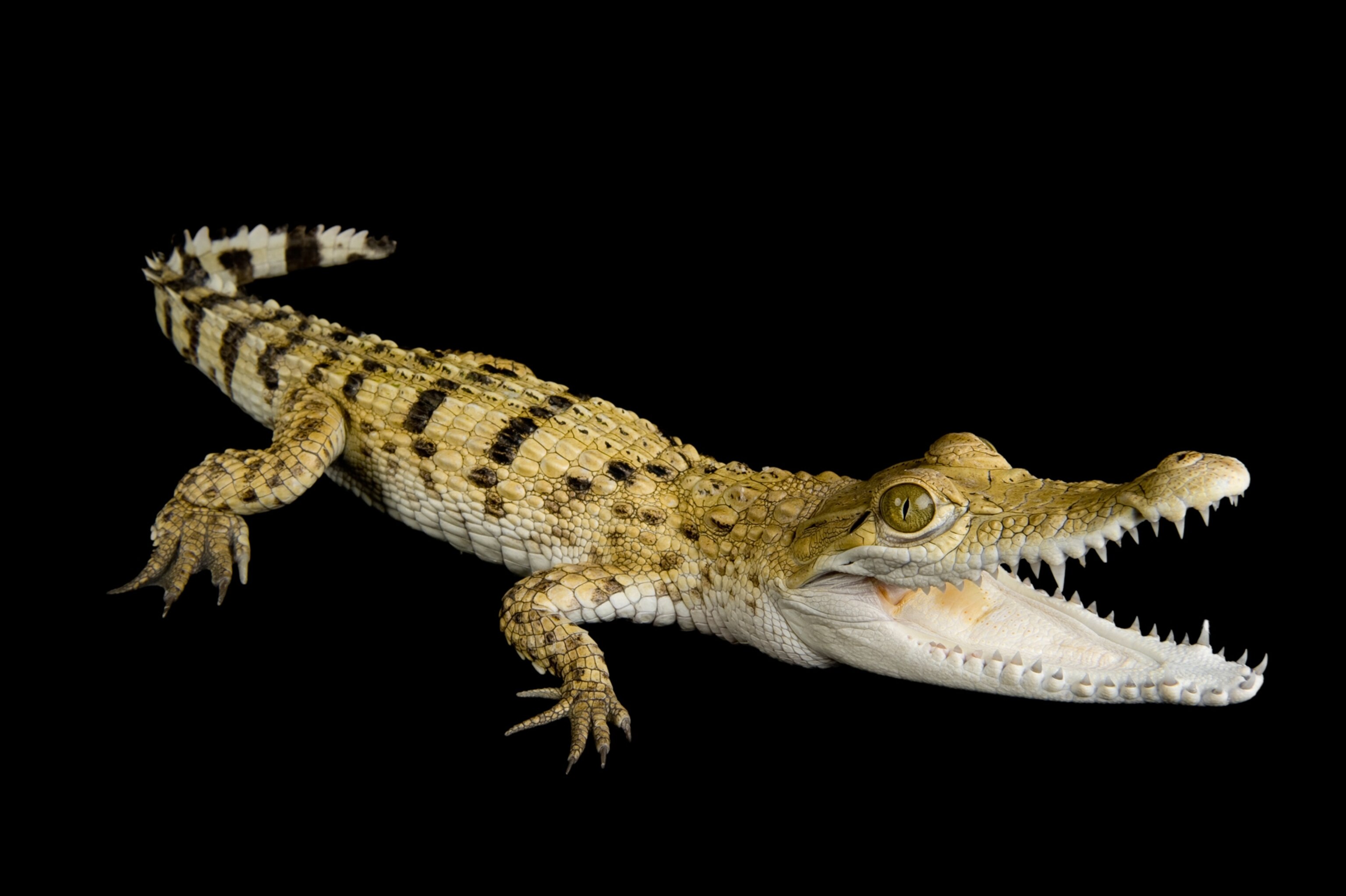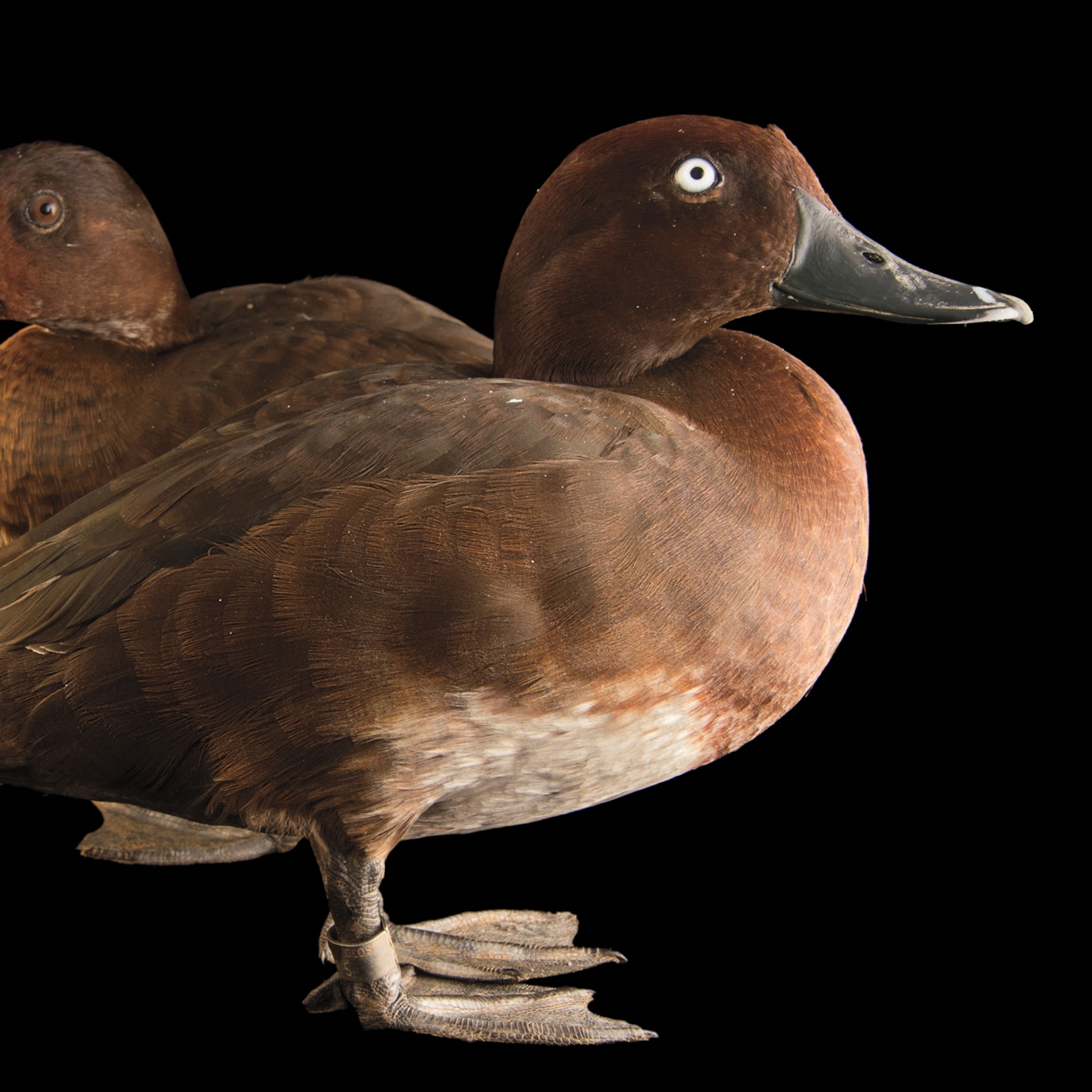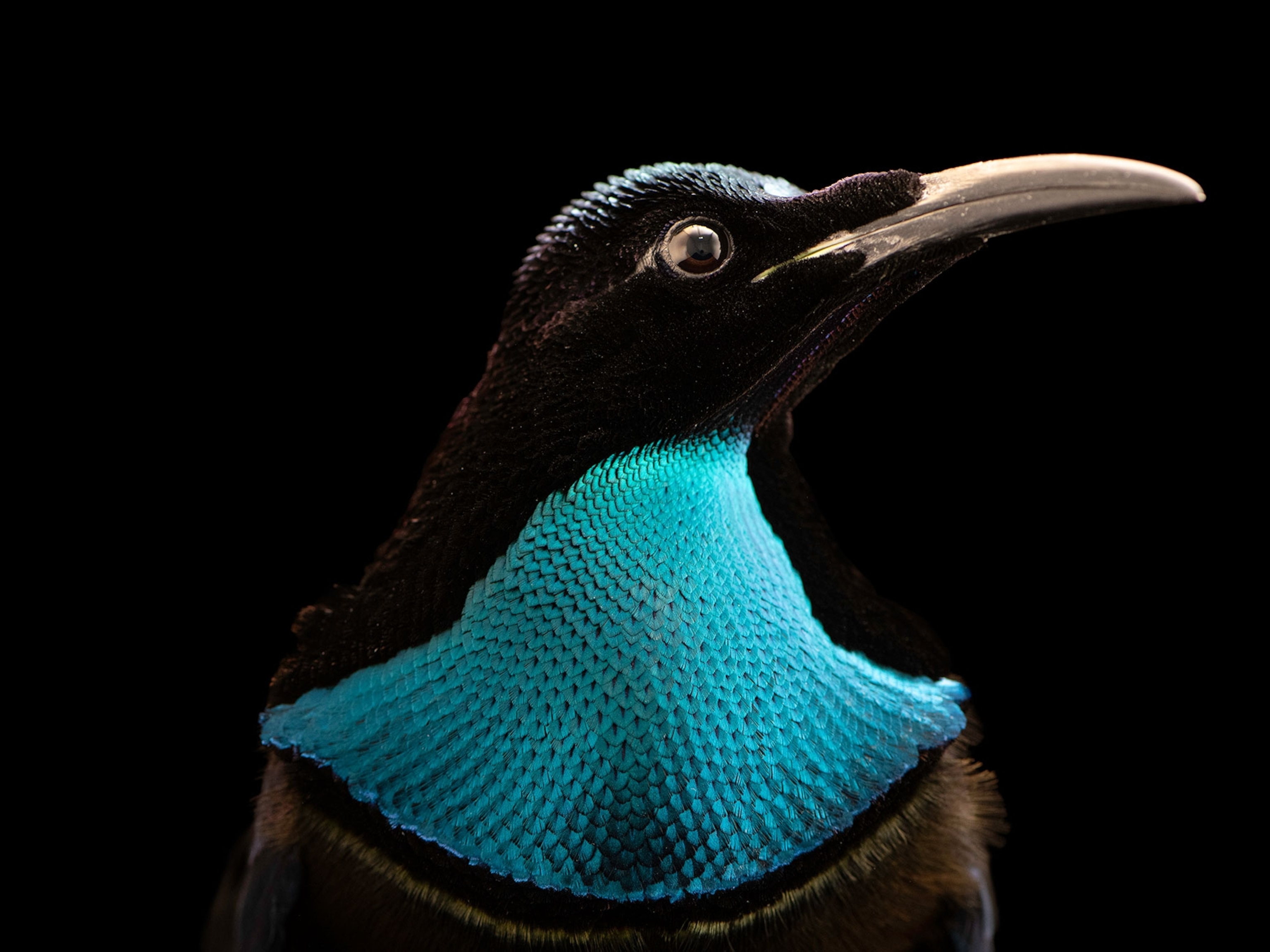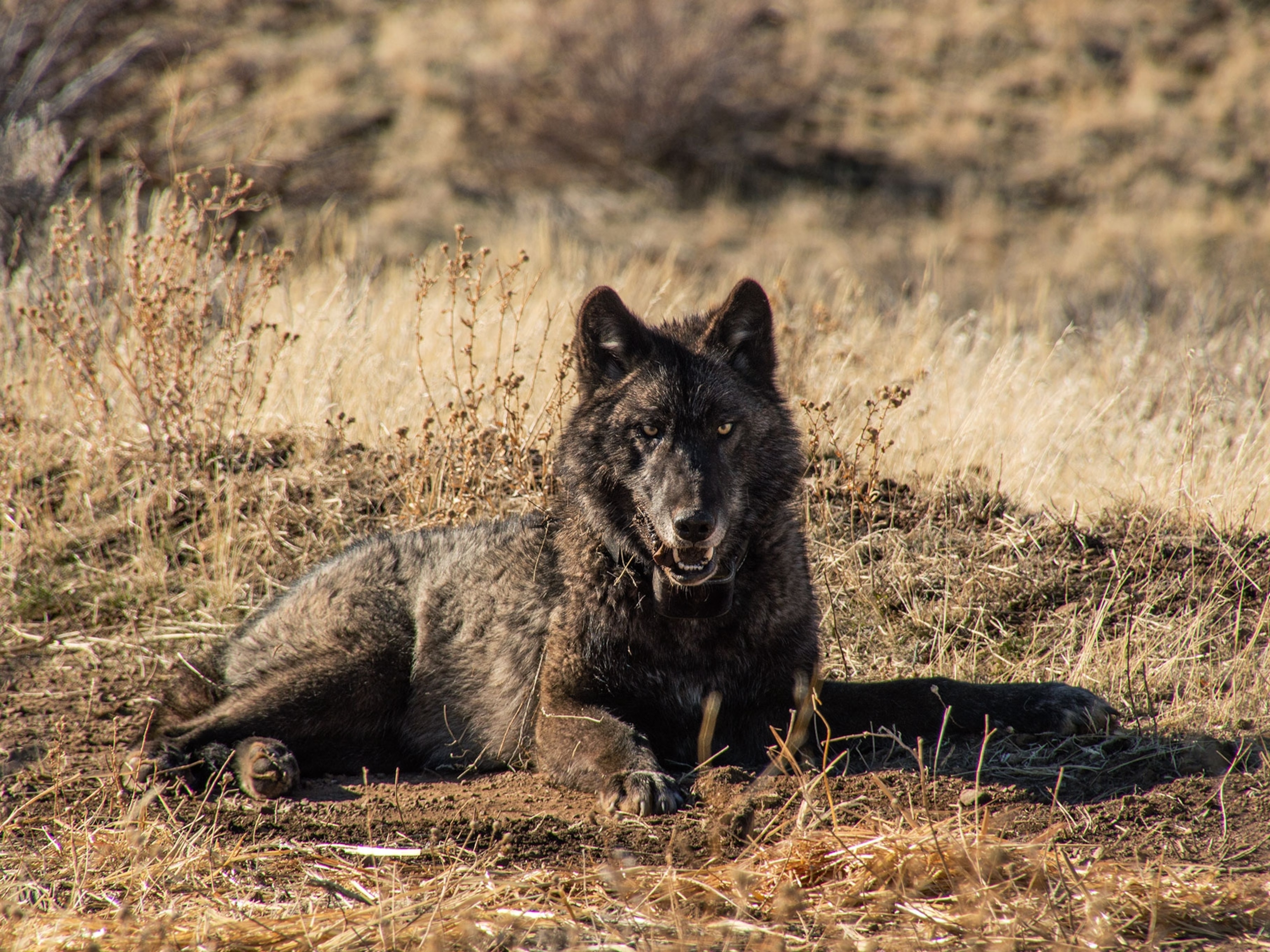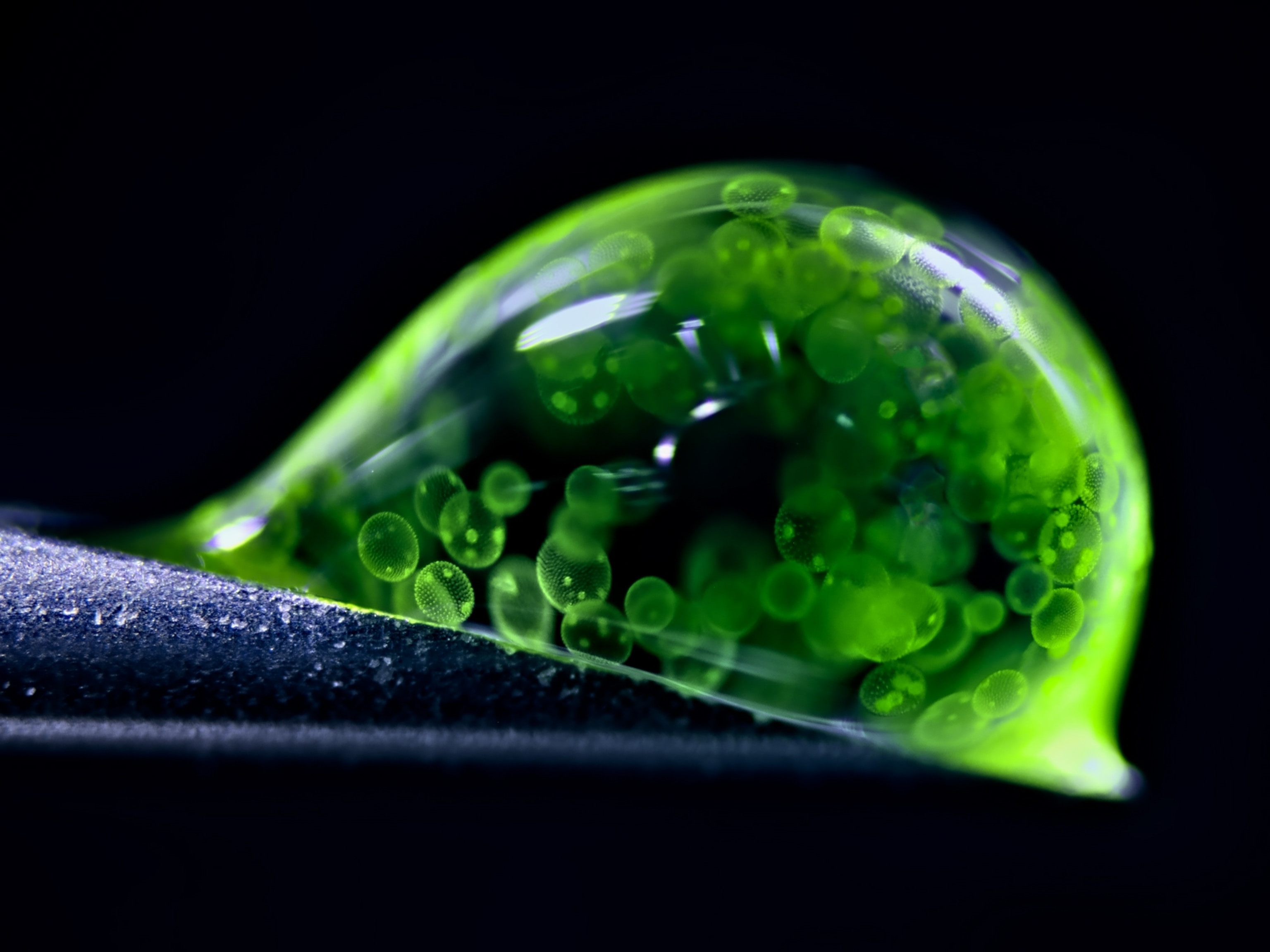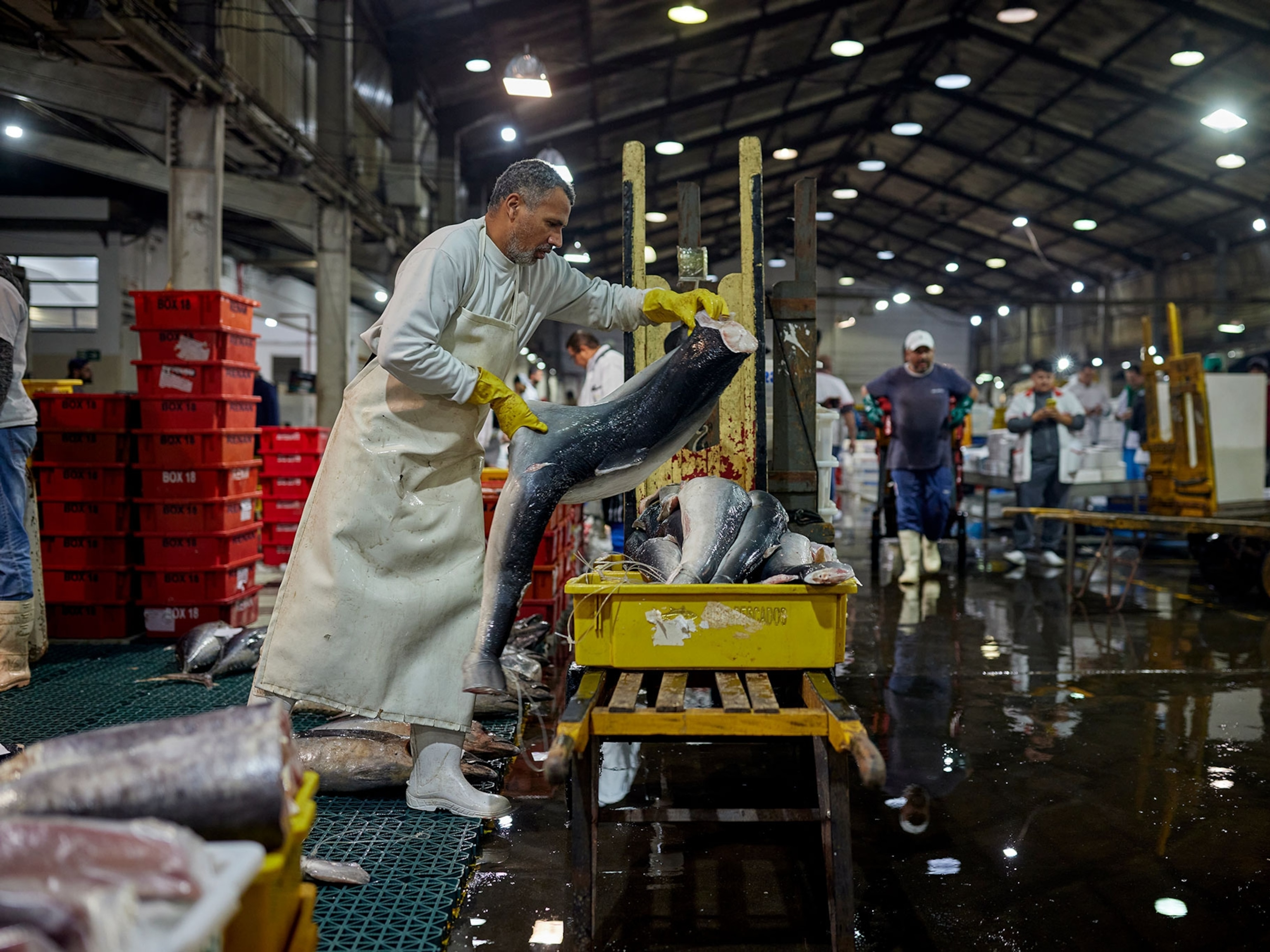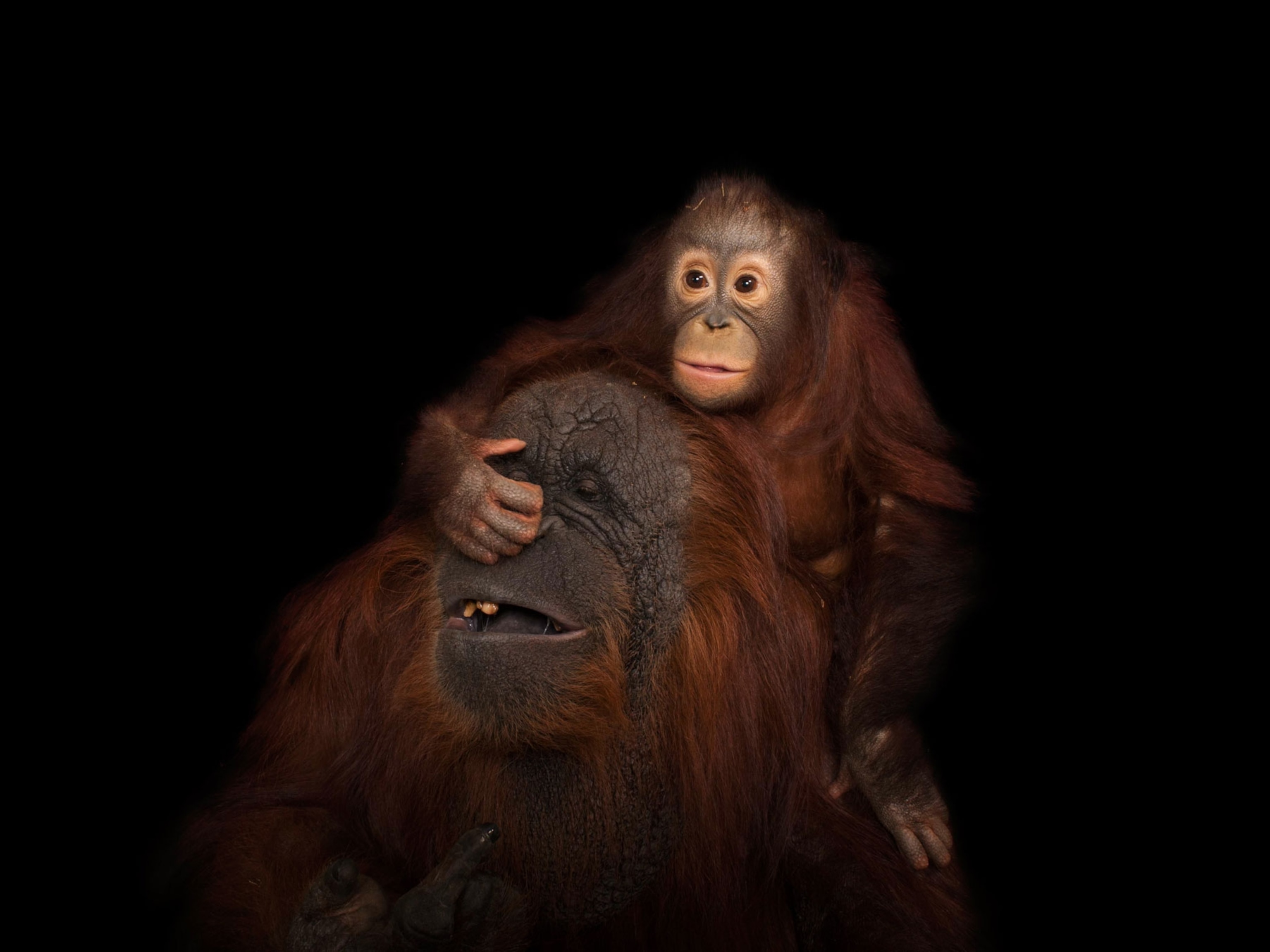
Inside One Man's Quest to Build a Photo Ark for Animals
National Geographic photographer Joel Sartore tells us what inspired his project to document 12,000 captive animal species worldwide.
Ten years ago today, National Geographic photographer Joel Sartore’s wife, Kathy, was diagnosed with breast cancer.
That diagnosis, and Sartore’s subsequent need to stay home and care for his wife and children in their Lincoln, Nebraska home, spawned an unplanned—and unprecedented—photographic project called Photo Ark to help save the world’s species. ("Stunning Pictures: Ten of the Rarest Animals on Earth.")
Through his Photo Ark project, Sartore has made photographic portraits of 5,400 animals at zoos and aquariums worldwide—and he won’t stop, he says, until he documents all 12,000 captive species.
This month a National Geographic Photo Ark exhibit featuring Sartore’s iconic images opened at the National Geographic Museum in Washington D.C. (See more information about the exhibit.)
National Geographic talked to Sartore to learn more about his passion for Photo Ark.
What inspired the creation of Photo Ark?
I’d been a National Geographic photographer who roamed the world for many years and did a lot of stories. Then my wife got breast cancer and she was on chemo and radiation for the better part of a year.
When Kathy was getting better, I started going to the Lincoln Children’s Zoo, just a mile from my house, and taking pictures of animals on black and white backgrounds, which I had never done before. The first one was a naked mole rat.
How did Photo Ark evolve into the project it is today?
It’s been 10 years, and I’ve visited more than 200 zoos and aquariums in this country alone and many more overseas. I’ve gotten 5,400 species since then, and the world has about 12,000 species captive. The goal is to get all of them before I die and show the world what biodiversity looks like at this point in time. (See "Stunning Pictures: Ten of the Rarest Animals on Earth.")
I use black and white backgrounds because it’s a great equalizer. A tiger is no more important than a tiger beetle. And a mouse matters just as much as a polar bear. I hope to get the public to pay attention to the extinction crisis and get them to care, while there’s still time to save these species.
What sparked your passion for animals?
I’d always cared about natural history because my parents cared about it. My mother bought me a Time Life book called The Birds, and in it was a picture of Martha the very last passenger pigeon. She died in 1914 at the Cincinnati Zoo.
See 10 Amazing Pictures of Rare Animals
I spent a lot of time looking at the picture, going back to the book over and over again. There were once untold millions of passenger pigeons, and yet people had hunted them down to this single bird. The book mentioned how permanent extinction is, and it really stuck with me growing up. I’ve never forgotten that book and that picture.
How are you inspiring people to take action?
This is a bit of a race now because half of all species could be gone by 2100. That would hurt humanity in a very real way. We need insects like bees and even flies as pollinators to bring us fruits and vegetables. We need healthy rain forests to help regulate our climate and to keep rainfall coming to the areas where we grow crops. We need healthy oceans to provide us with food and regulate our climate as well. (See "Pictures: Endangered Species 'Preserved' by the Photo Ark.")
Hopefully each species in the Photo Ark is a new opportunity to hook people and get them into the tent of conservation before it’s too late. It’s vital people pay attention and realize what amazing creatures we share the planet with. If not, the Ark will be more for future generations than us, because we didn’t do a very good job of saving what we had. Imagine being at sea on a lifeboat that’s on fire. Can we get the public to understand that? That when we save other species, we’re actually saving ourselves?
Why do you think zoos and aquariums are critical for these species’ survival?
Zoos and aquariums are the true arks today, and often have the only breeding populations of many animals that are virtually extinct in the wild. Also, for many people that live in cities, zoos are often the only place people can actually see live animals. It’s not the same if you’re watching them on TV or on the web. You’ve got to hear an animal, see it, smell it. Having an animal look you in the eye, now that reaches people and changes them.
In a developed nation where a lot of us make our living on computers, places where you can see birds, mammals, frogs, and fish are a critical reminder that we’re all in this together, and that we’re all tied into the natural world. Zoos and aquariums are vital when it comes to education, and we need them if we’re going to try and get people to care, save nature, restore habitat, and reestablish animals in the wild. The world’s zoos fund more restoration work than you can imagine.
You’ve photographed many animals. What are some of the most memorable?
When people ask me what my favorite is, I tend to tell them it’s the next one. I’m always excited about what that will be, and I love having the chance to meet so many animals that need their story told in the worst way.
For example, I just came back from Madagascar and saw the only captive Decken’s sifakas at a zoo there. They look like they’re wearing white wool coats, really interesting looking, and the world hasn’t really heard much about them. It’s an honor to tell their story. (See Sartore's primate portraits.)
What can the public do right now?
Folks can realize that they don’t have to save the whole world, just their own backyard. Drive less. Eat more locally produced fruits and vegetables. Better insulate your home. Reduce, reuse and recycle the things you buy.
Figure out what you’re most passionate about, and do something to make the world a better place. Become a member of your local zoo or aquarium and visit often. That’s a great, fun place to start, especially if you have kids.
What would you like to do after you finish photographing all of the animals for Photo Ark?
Rest in peace [laughs]. I’ll have nothing left when I’m done some 15 years from now. My neck, back, and knees will be shot, since I’m often crawling around on the ground when I’m working.
Oh, and I’d like to go fishing. Catch and release only, of course.
This interview has been edited and condensed.
See more of Joel Sartore’s Photo Ark images or make a donation to the project.




